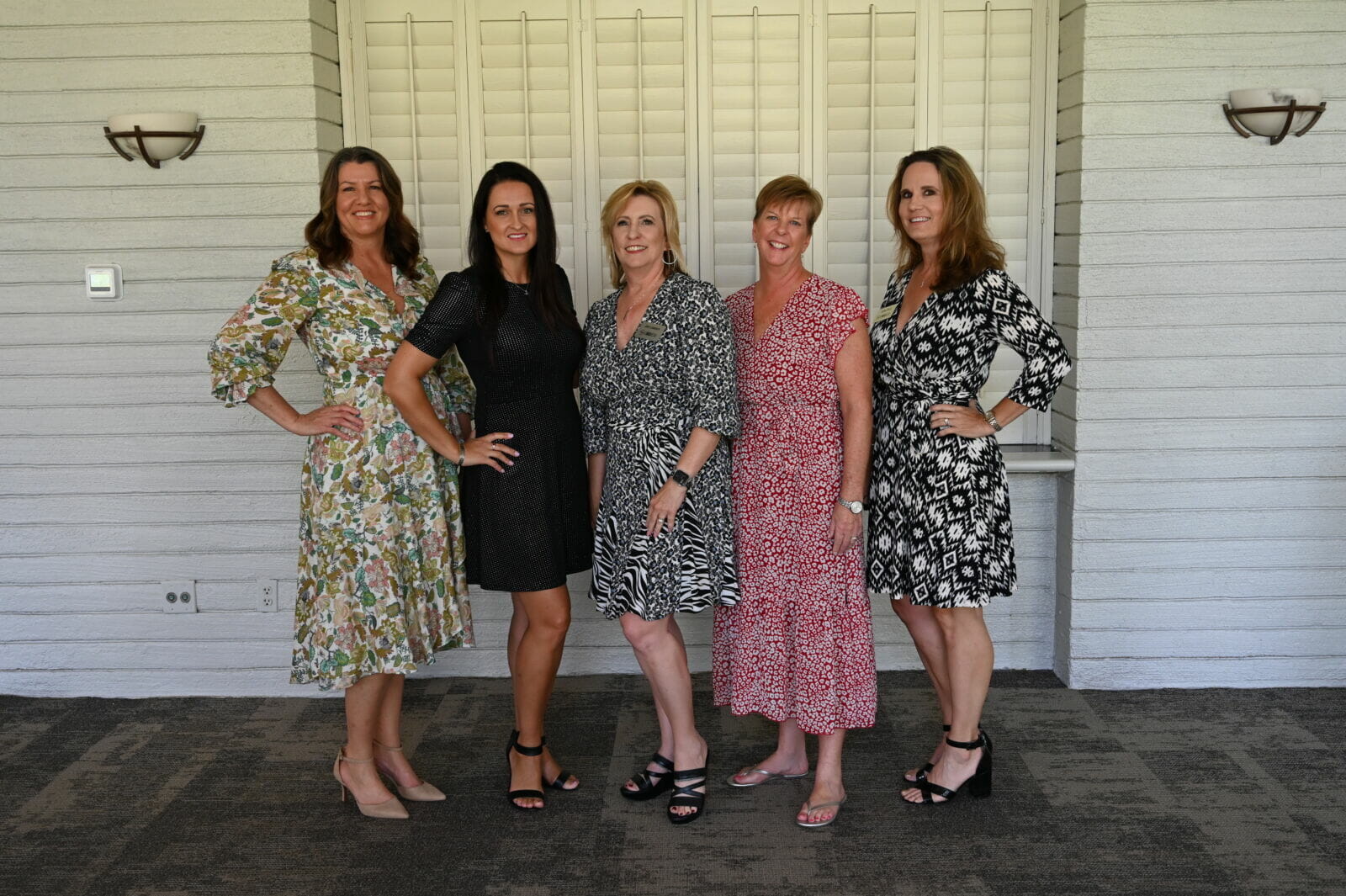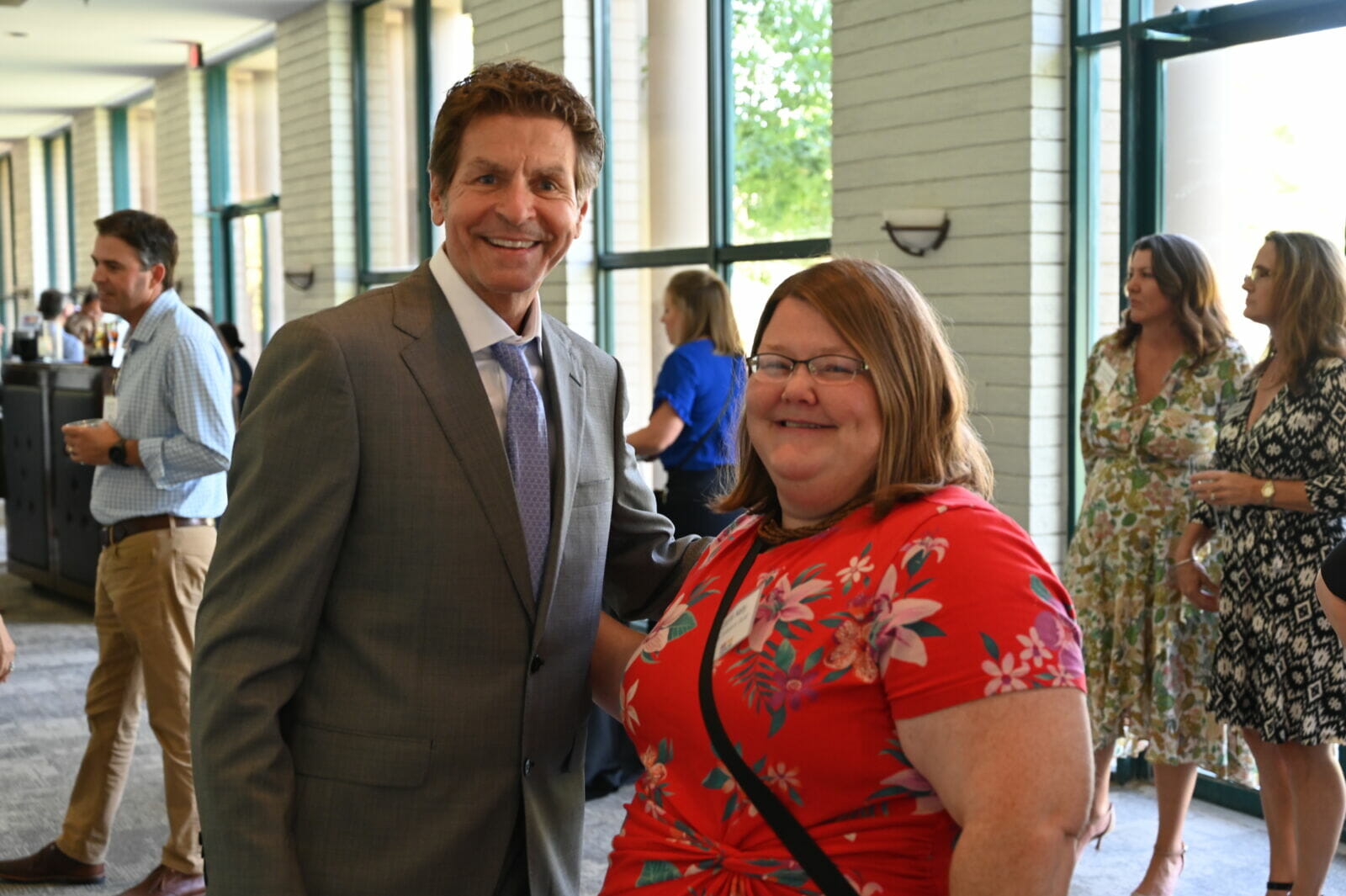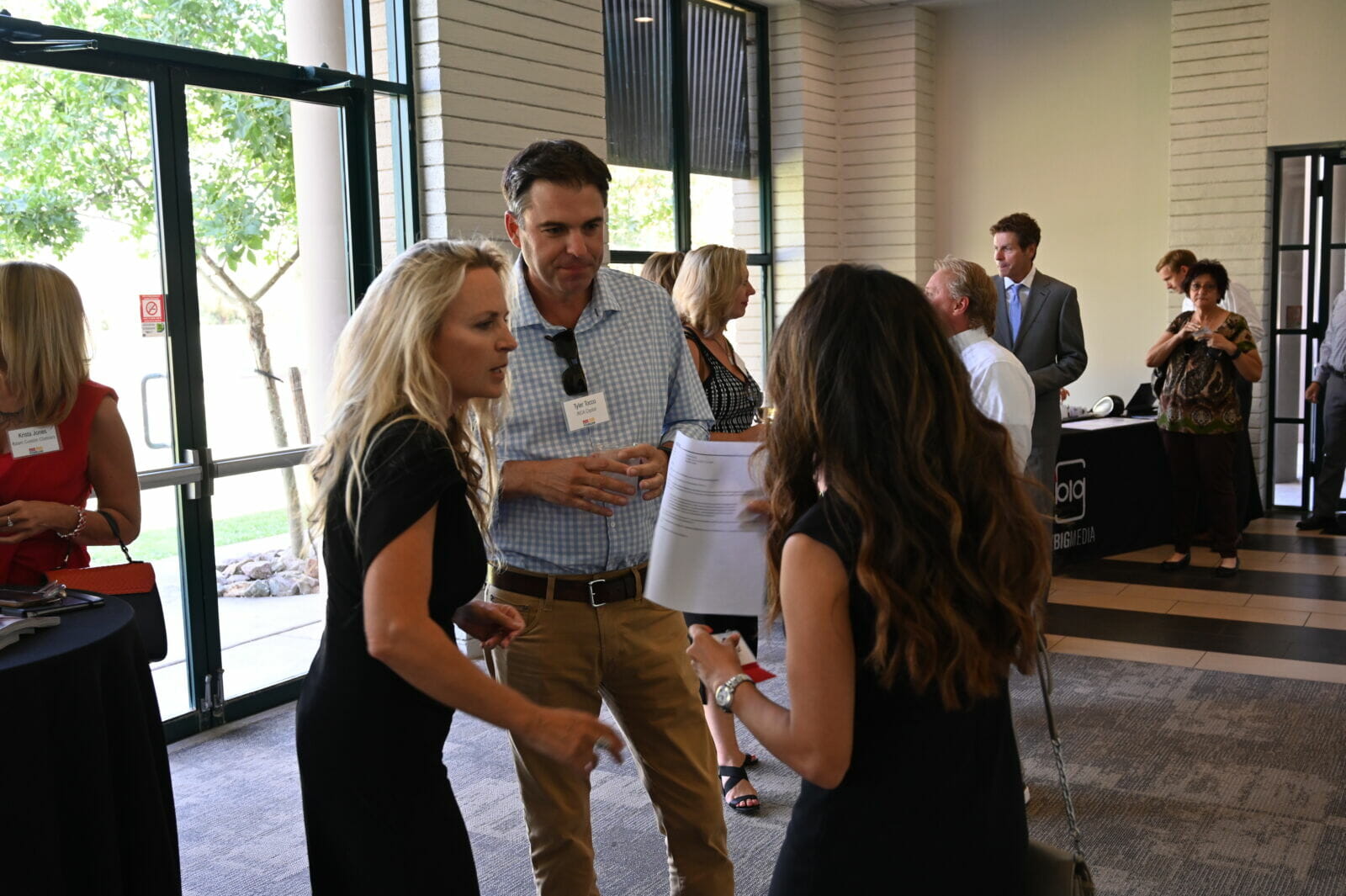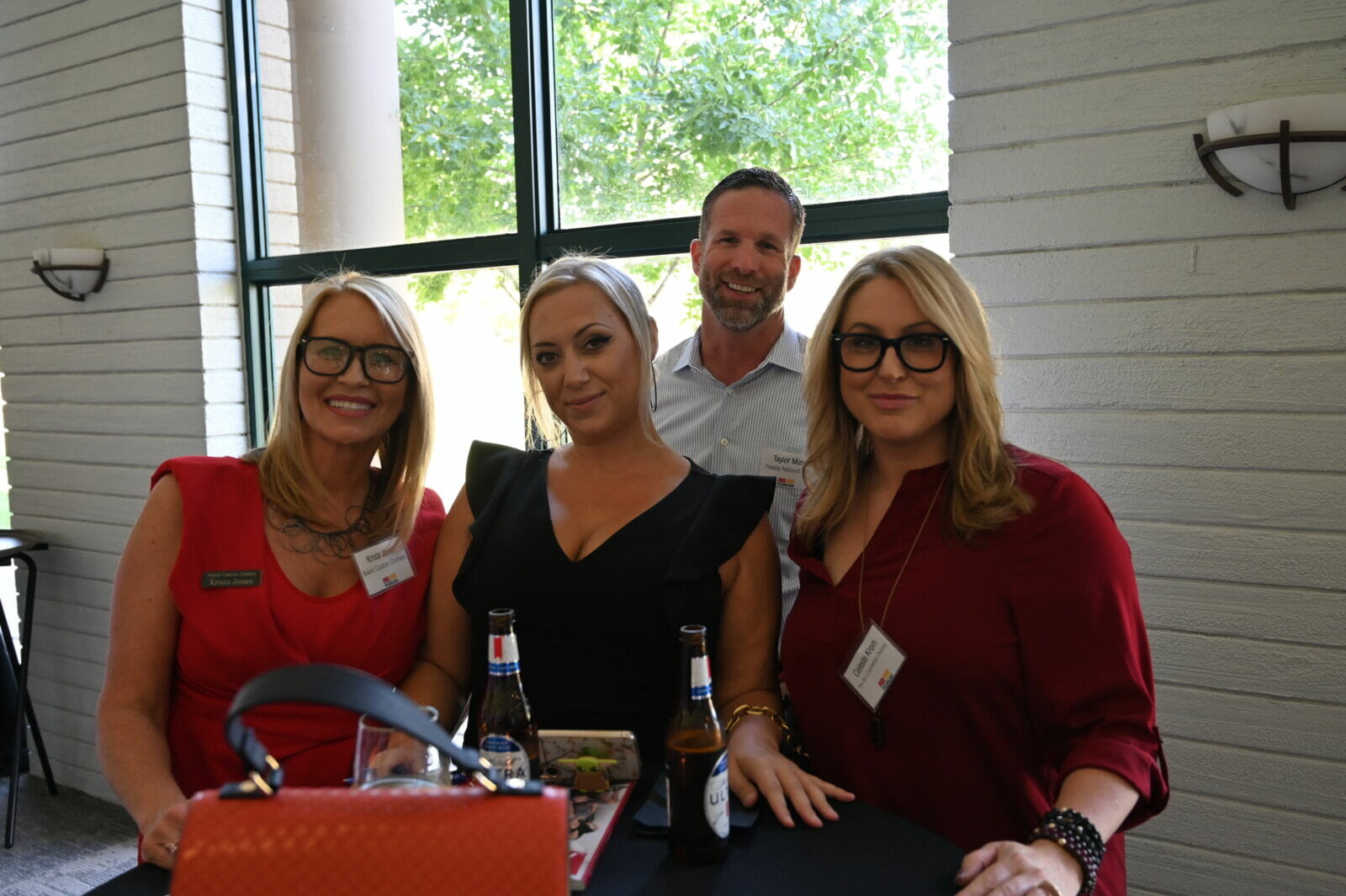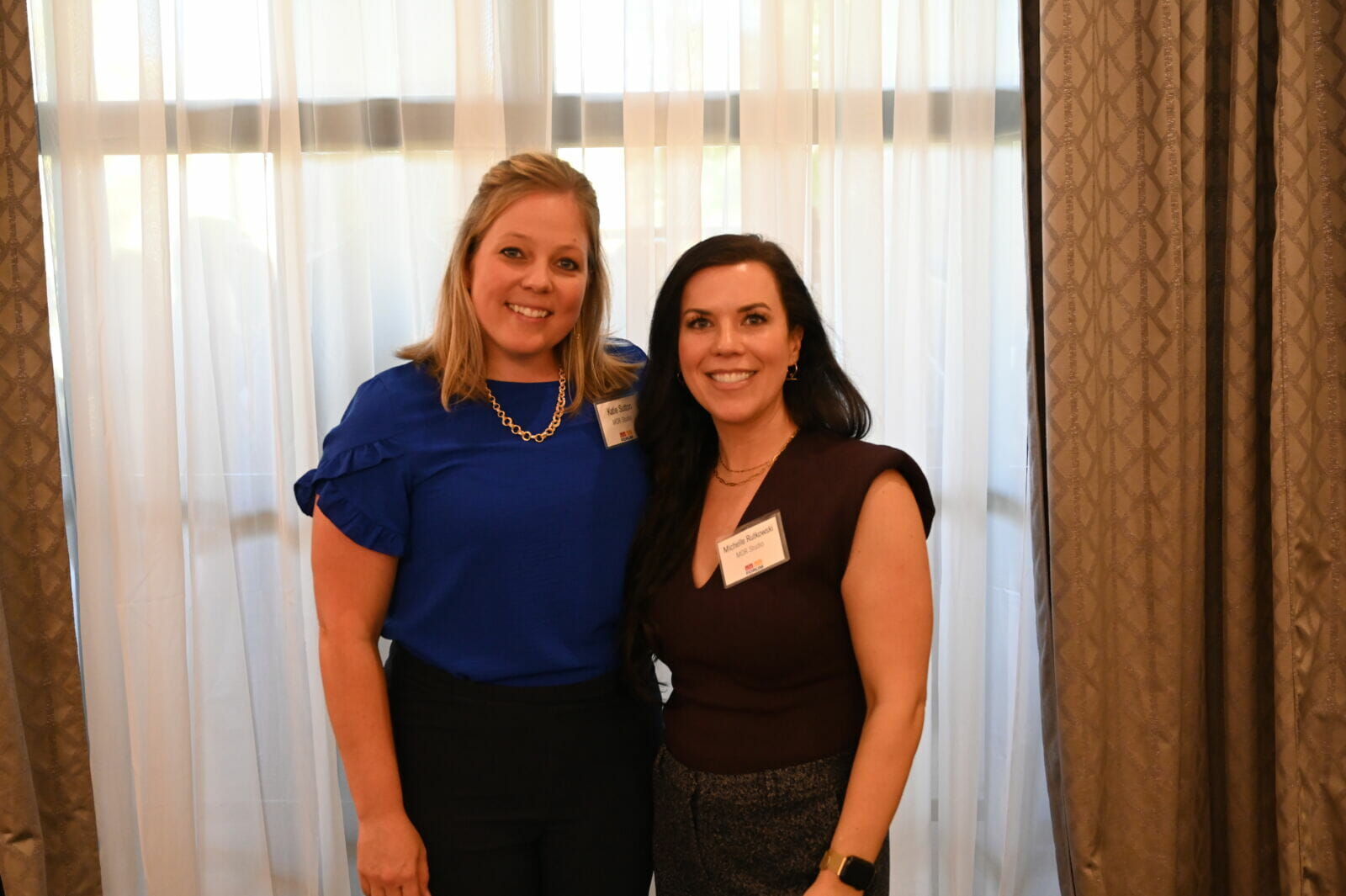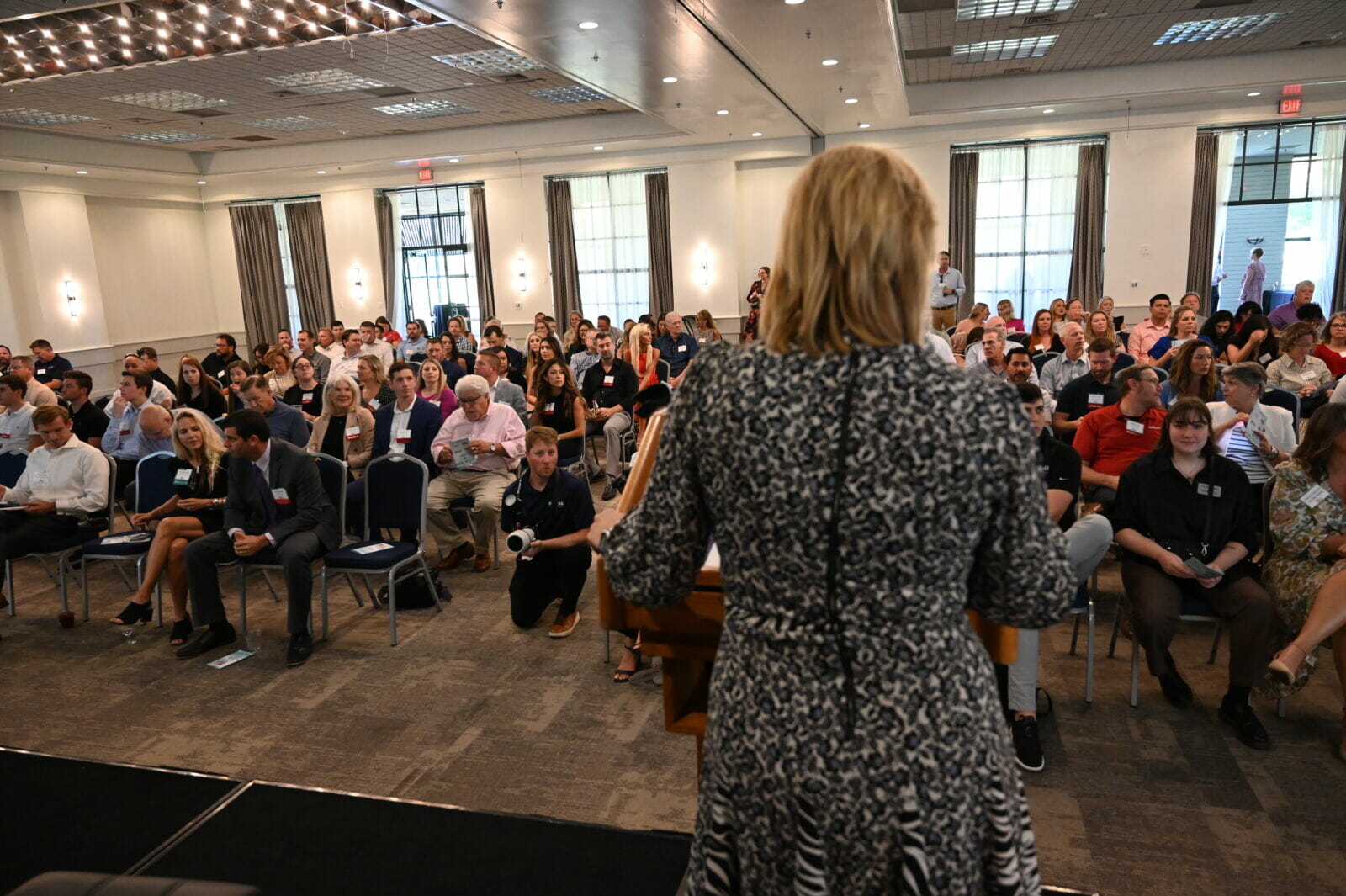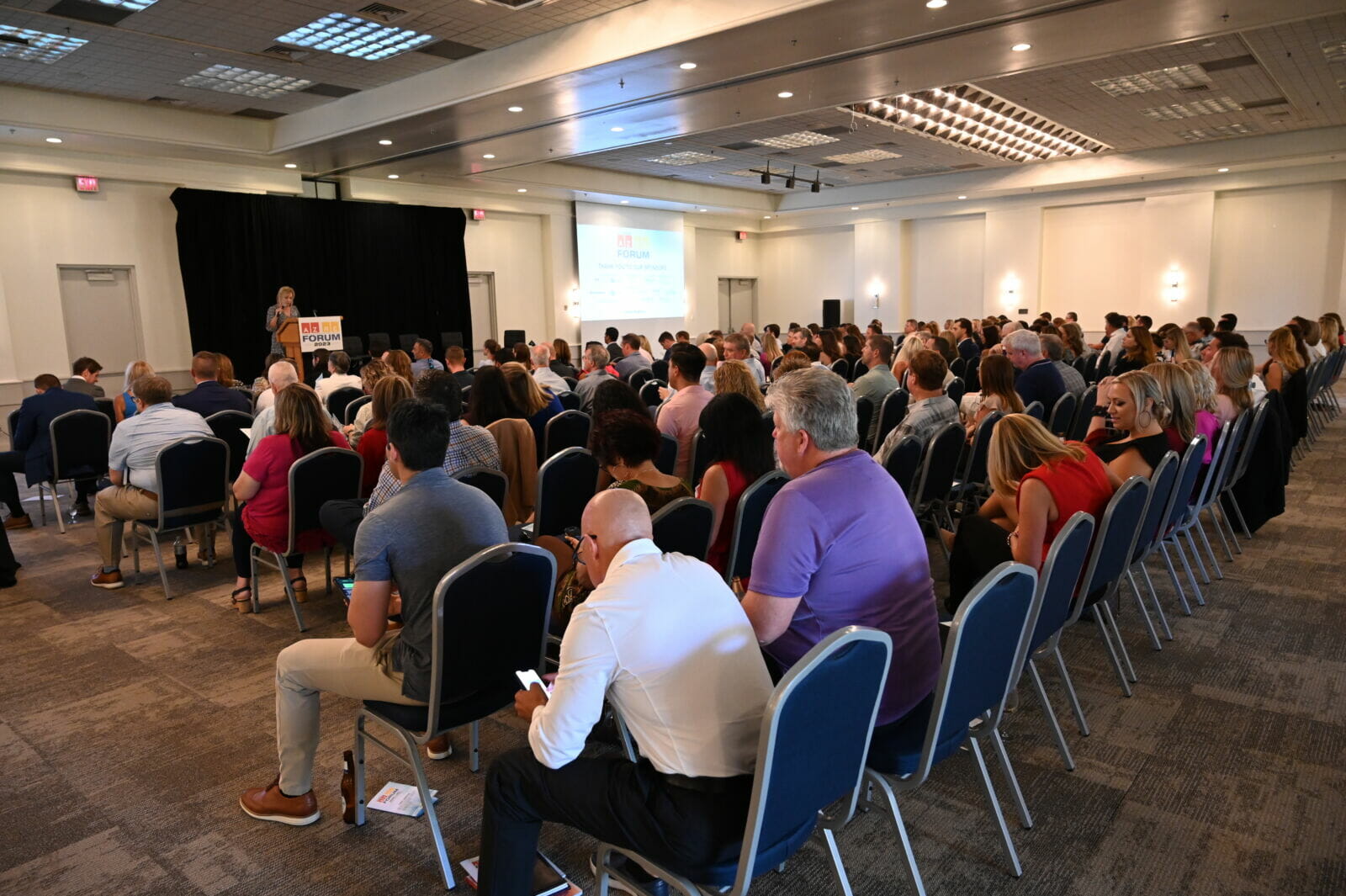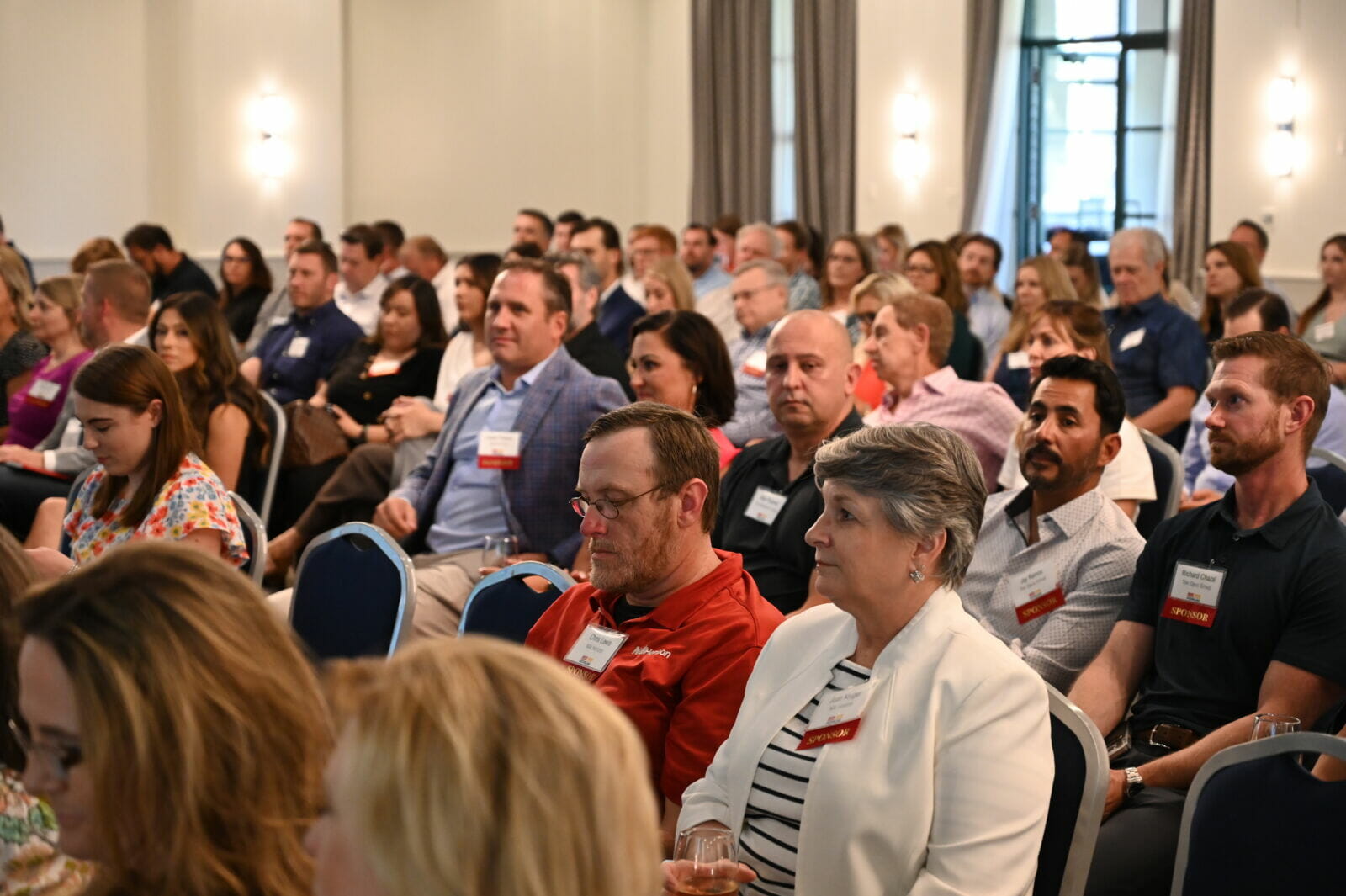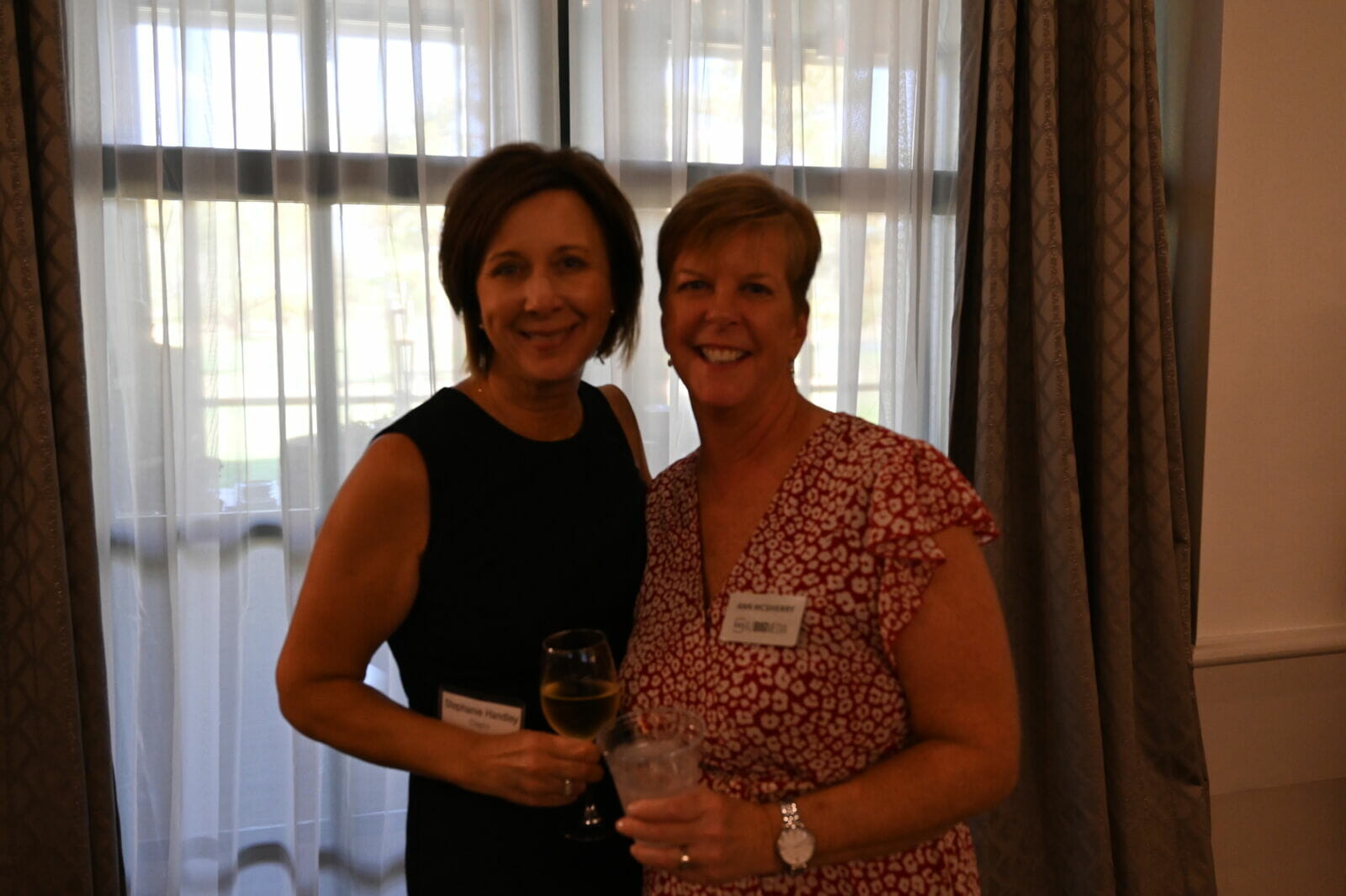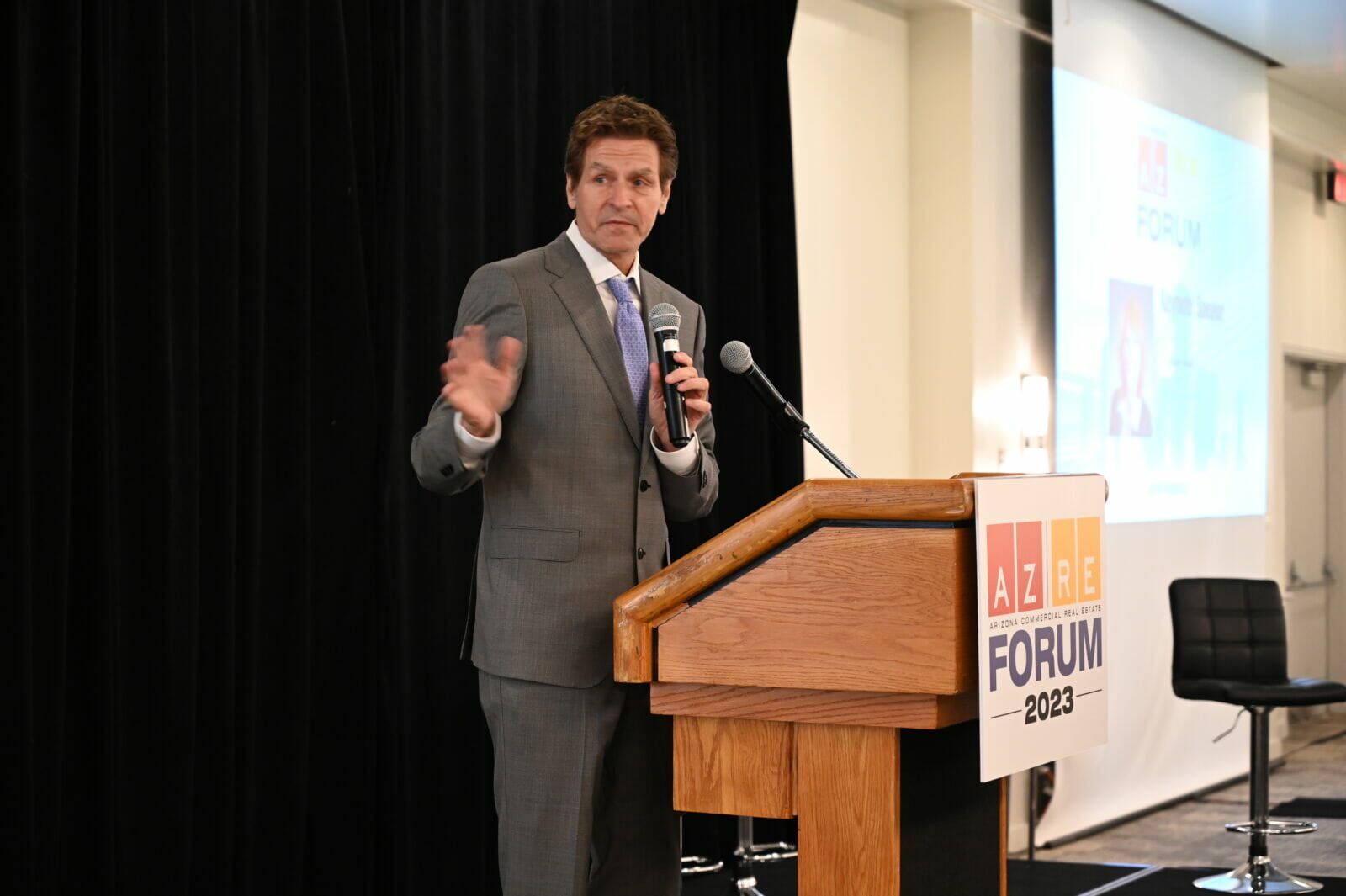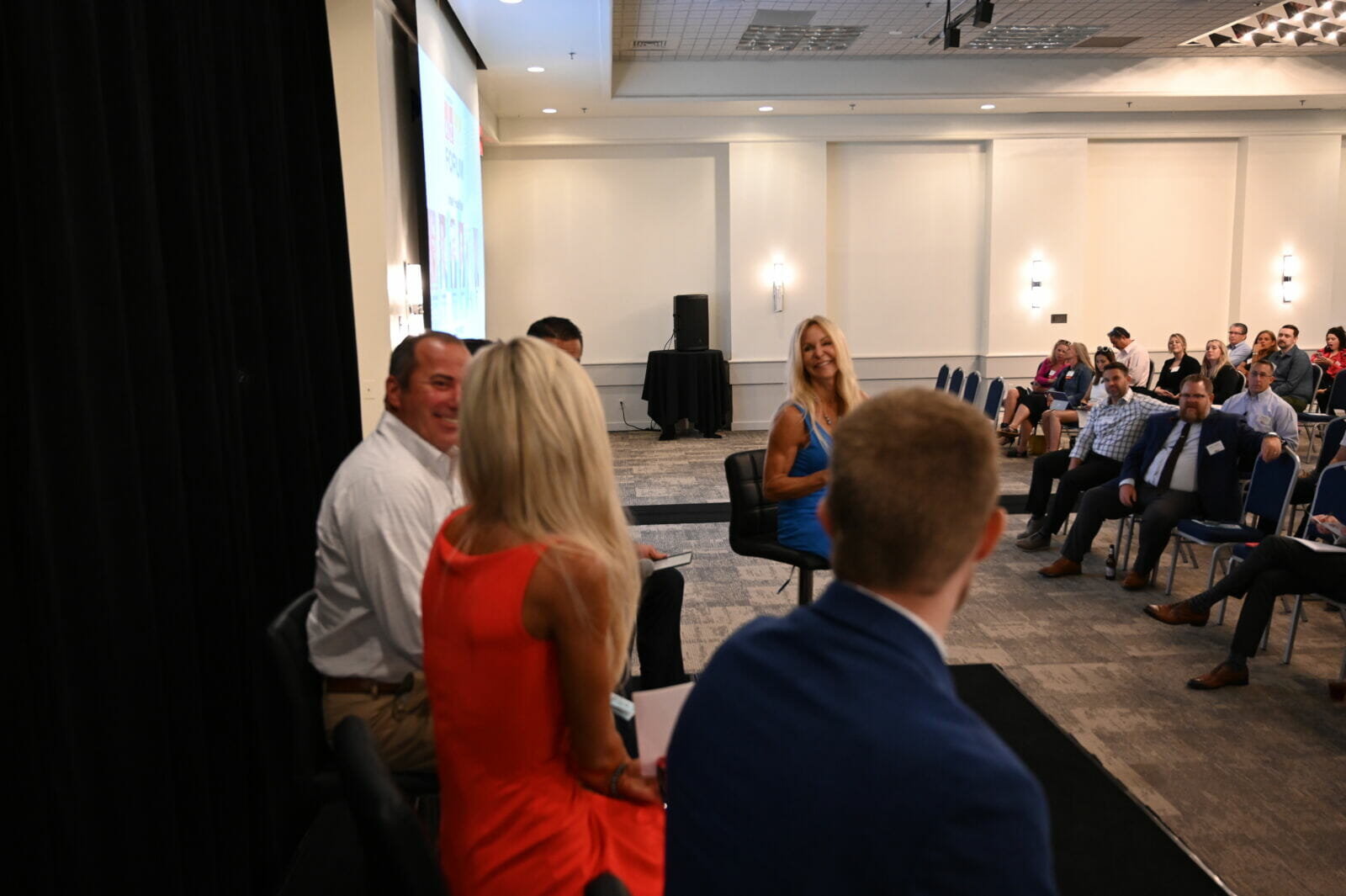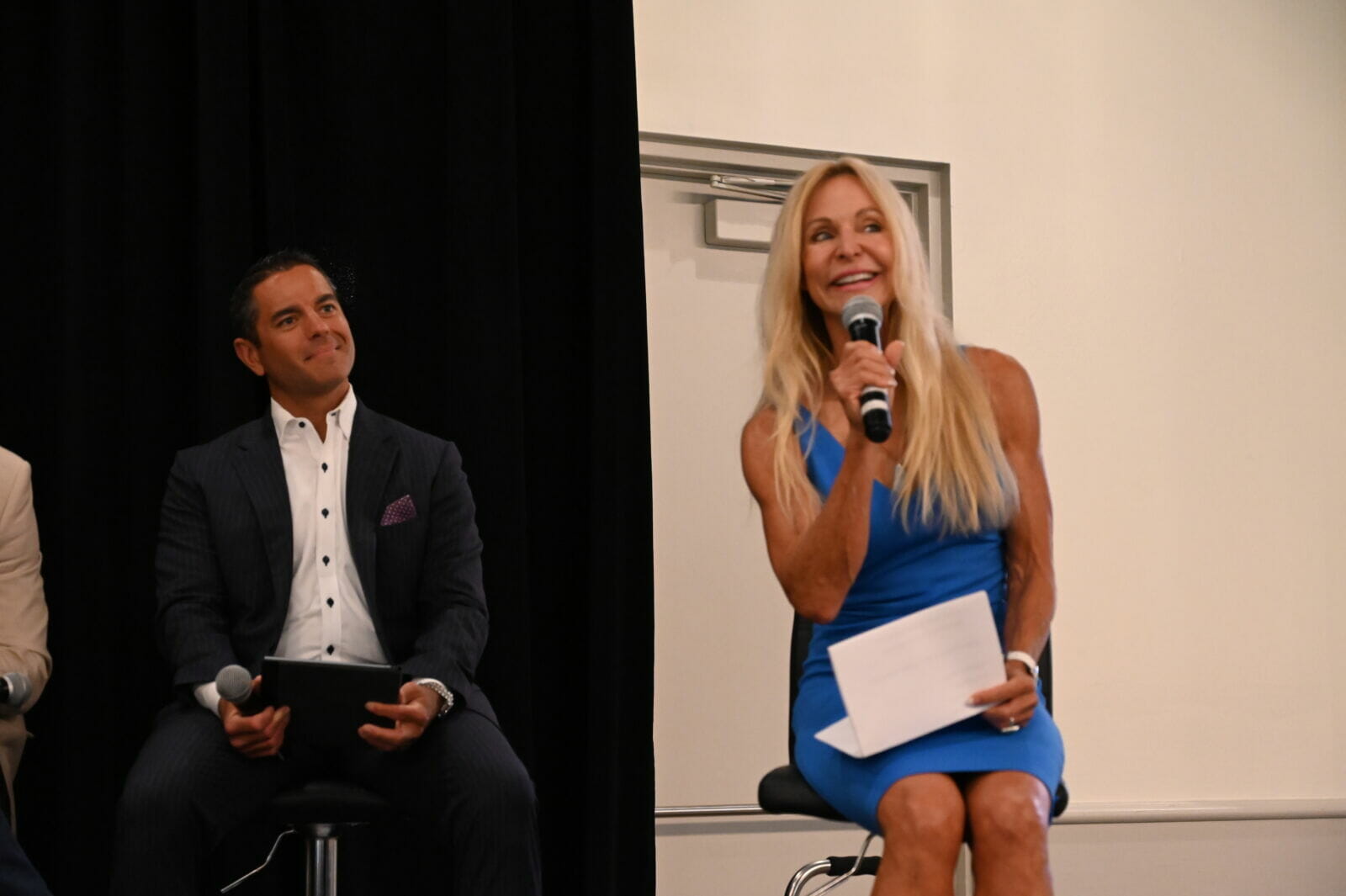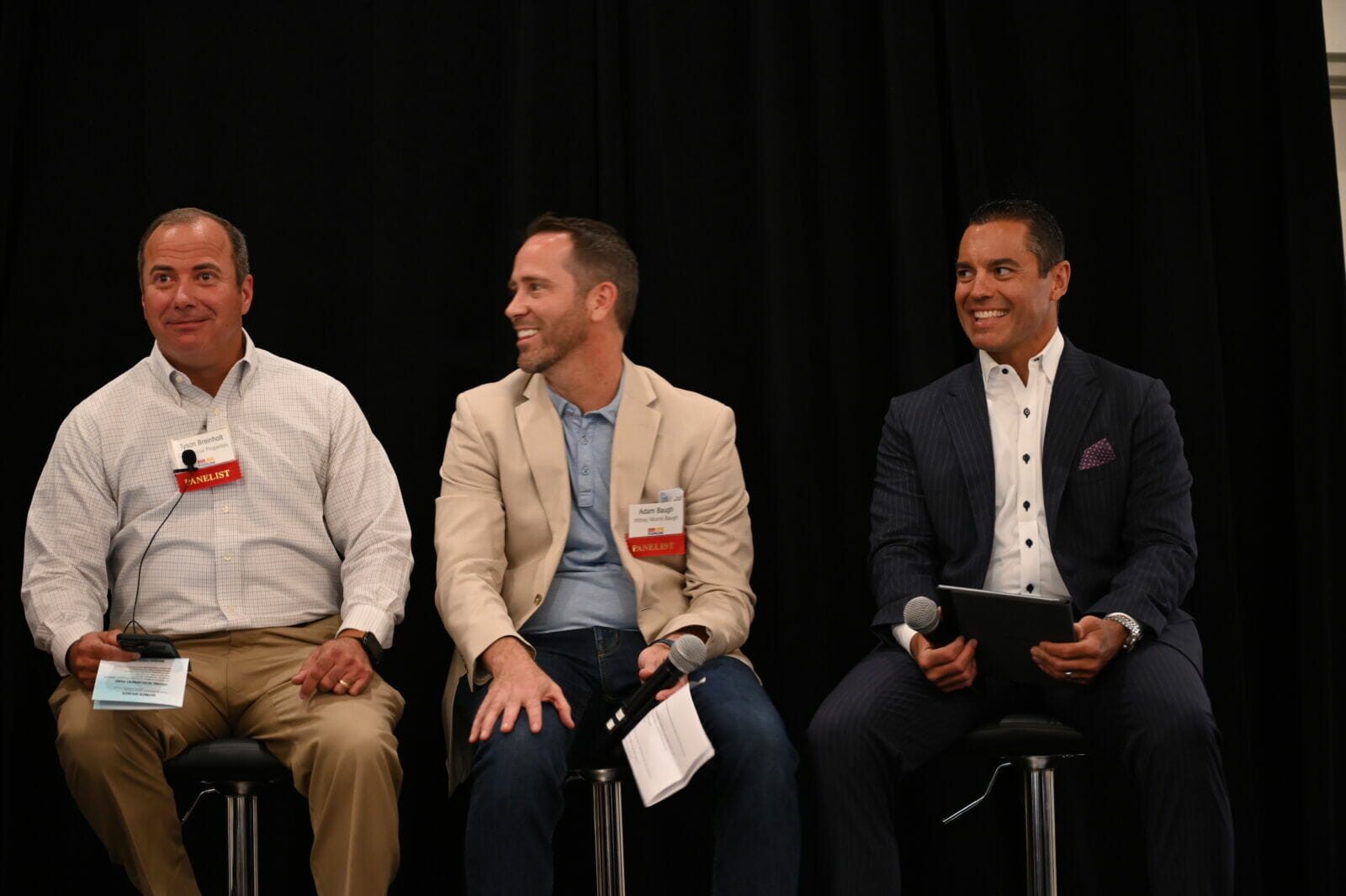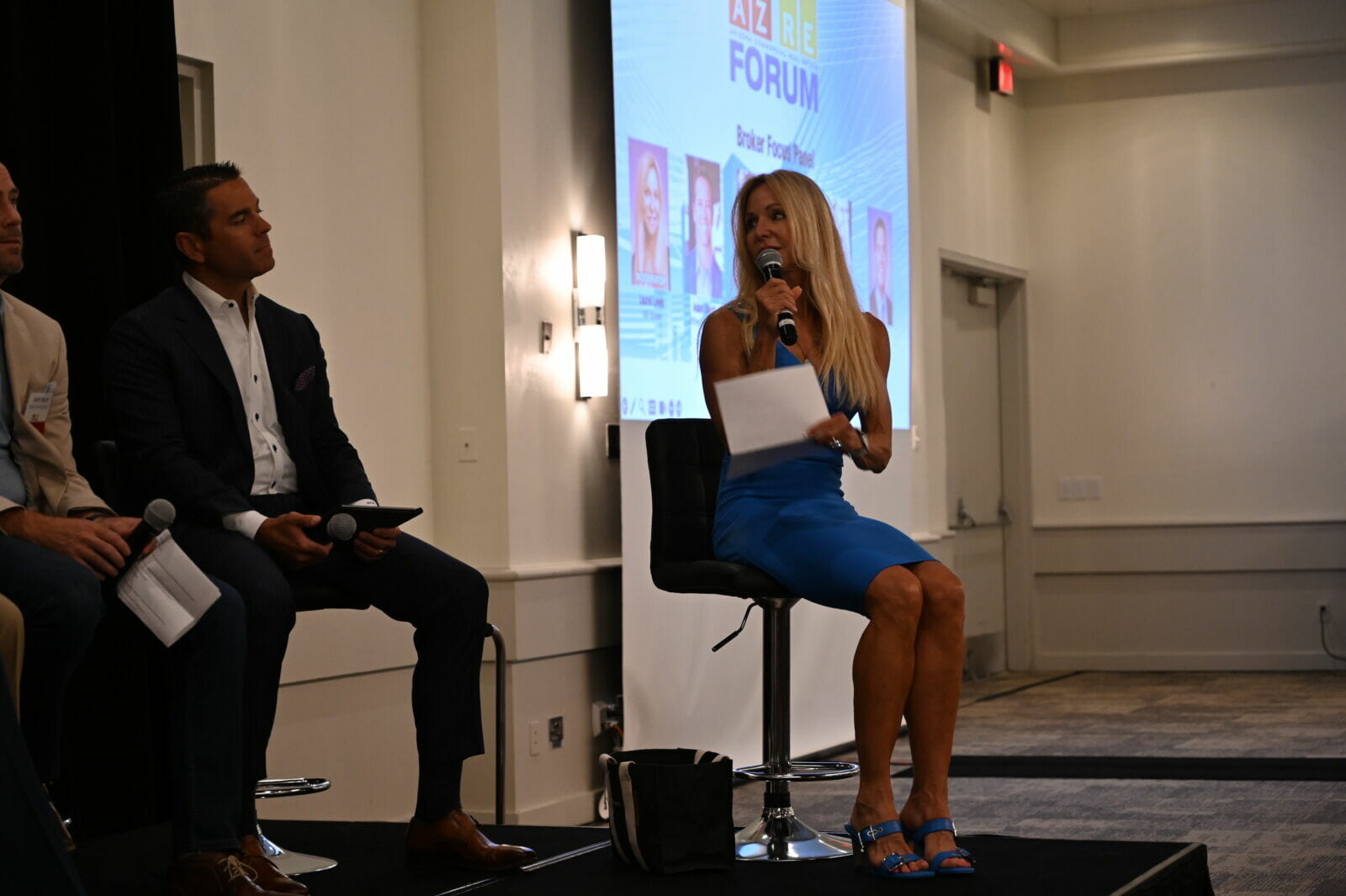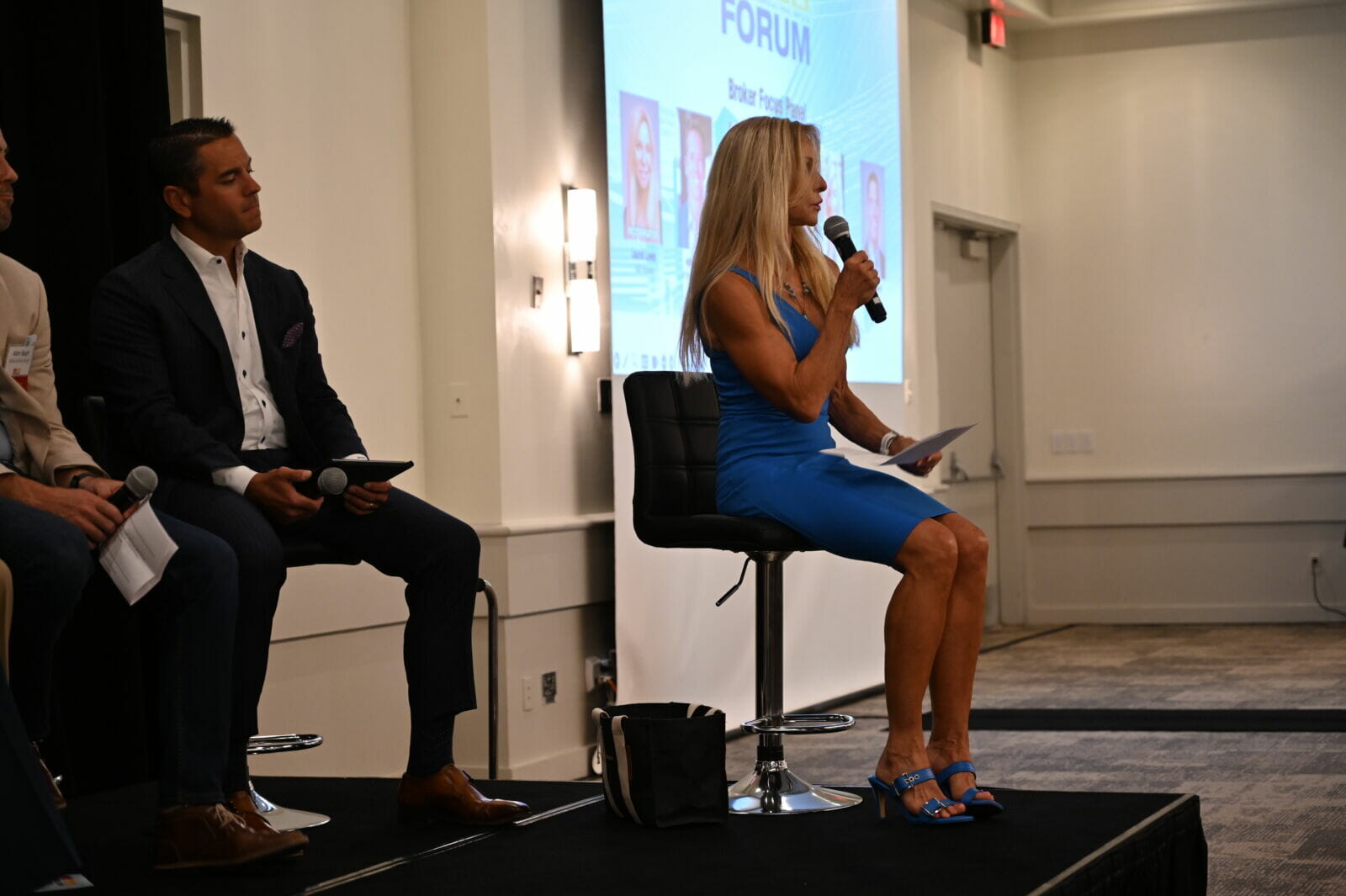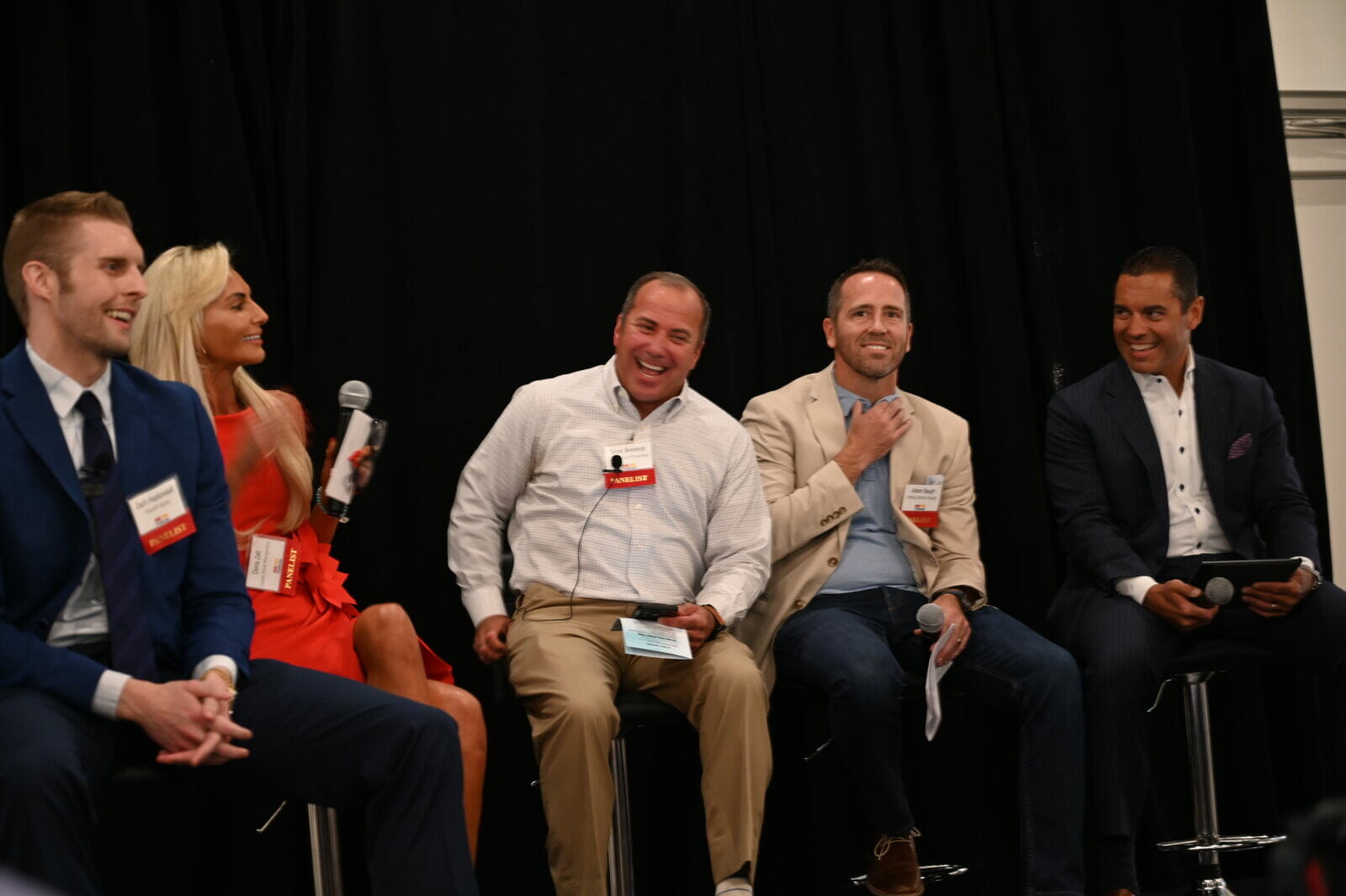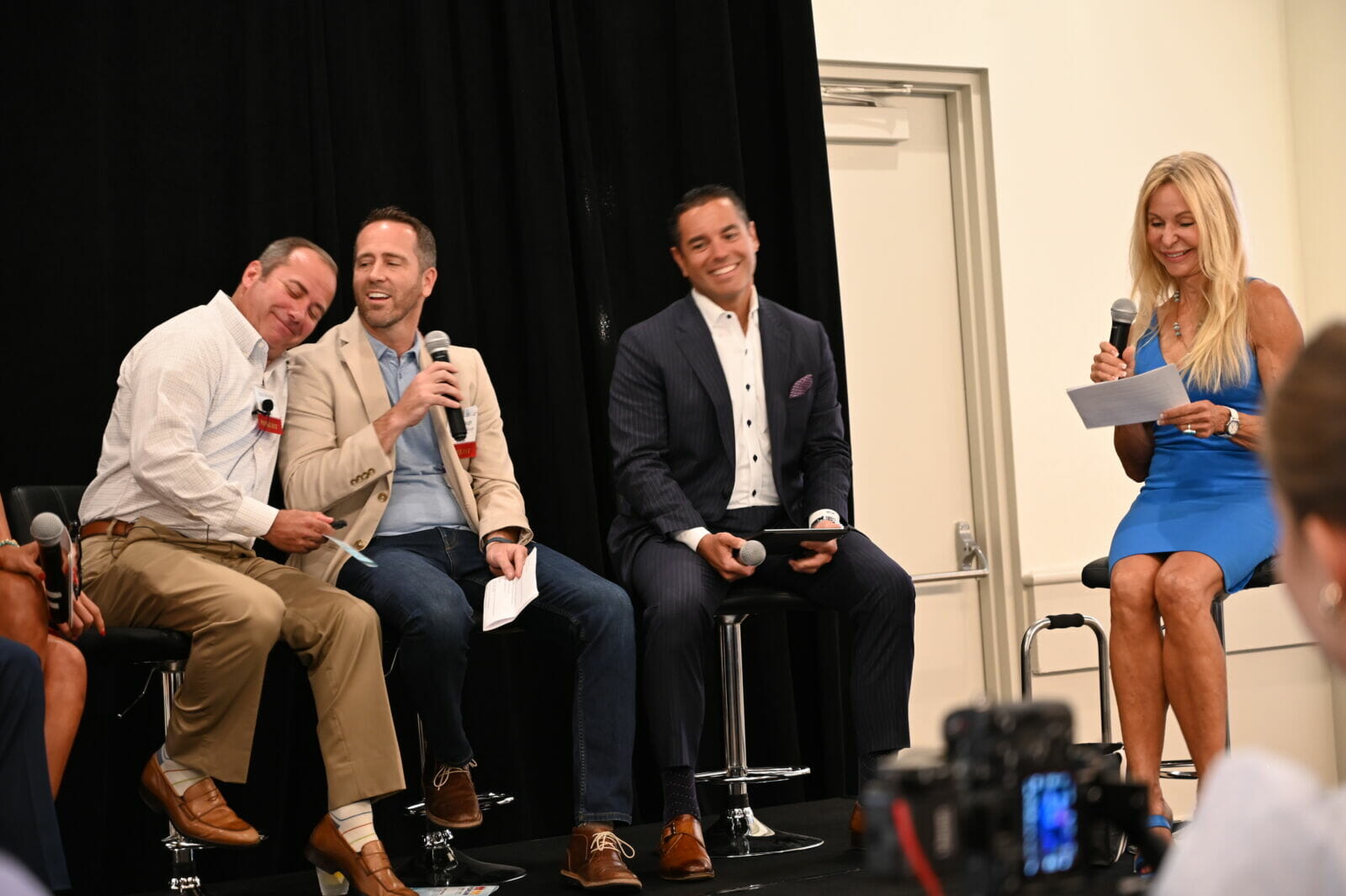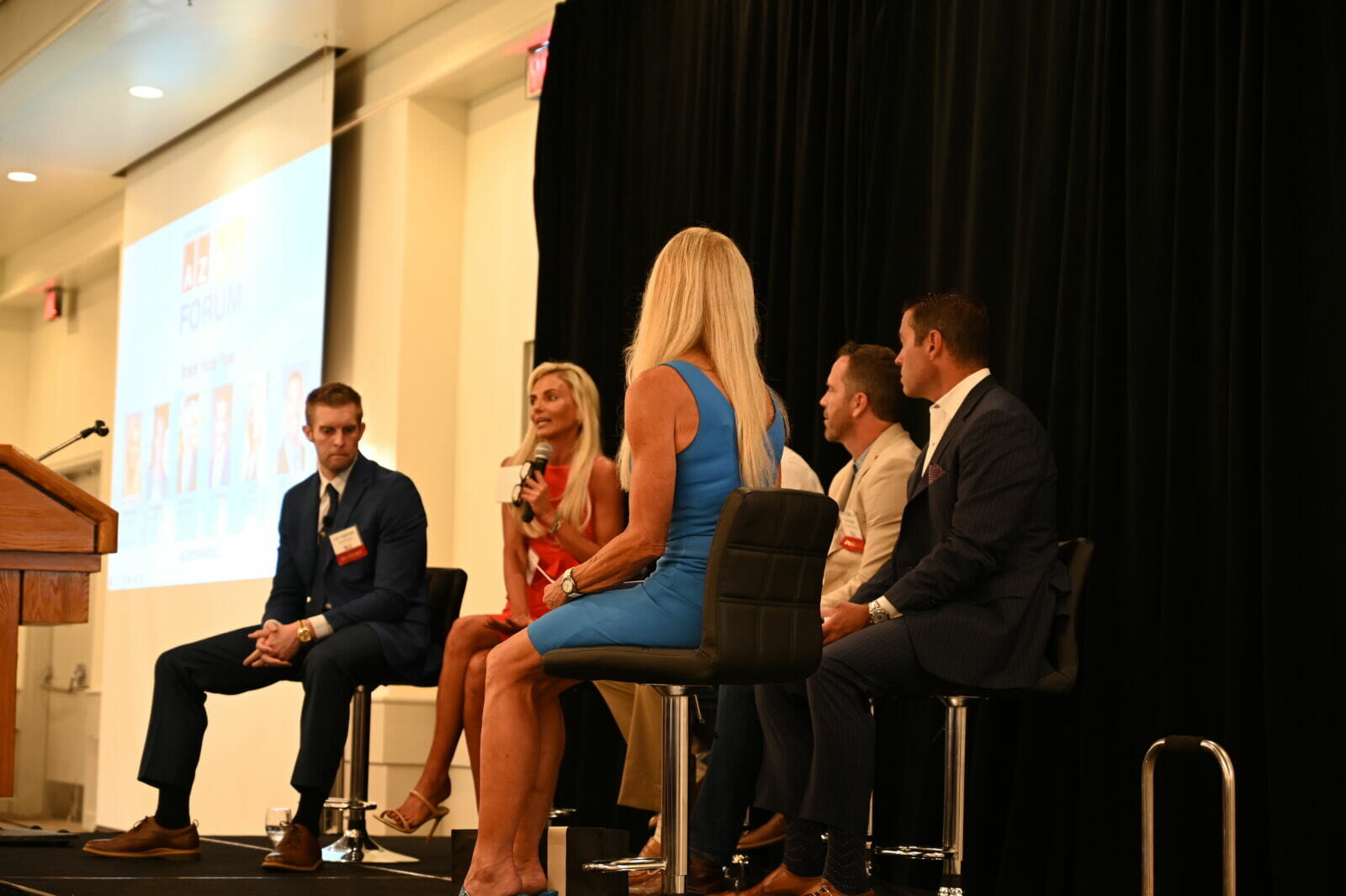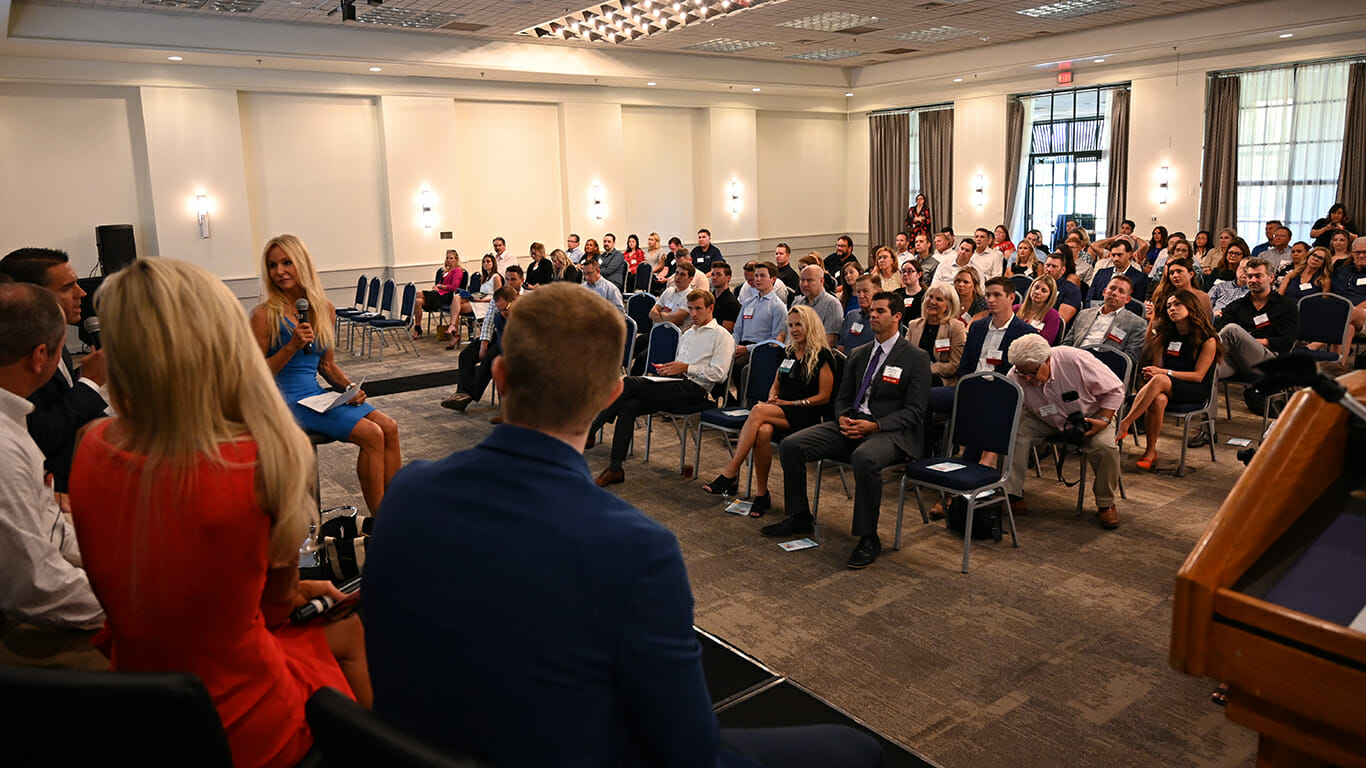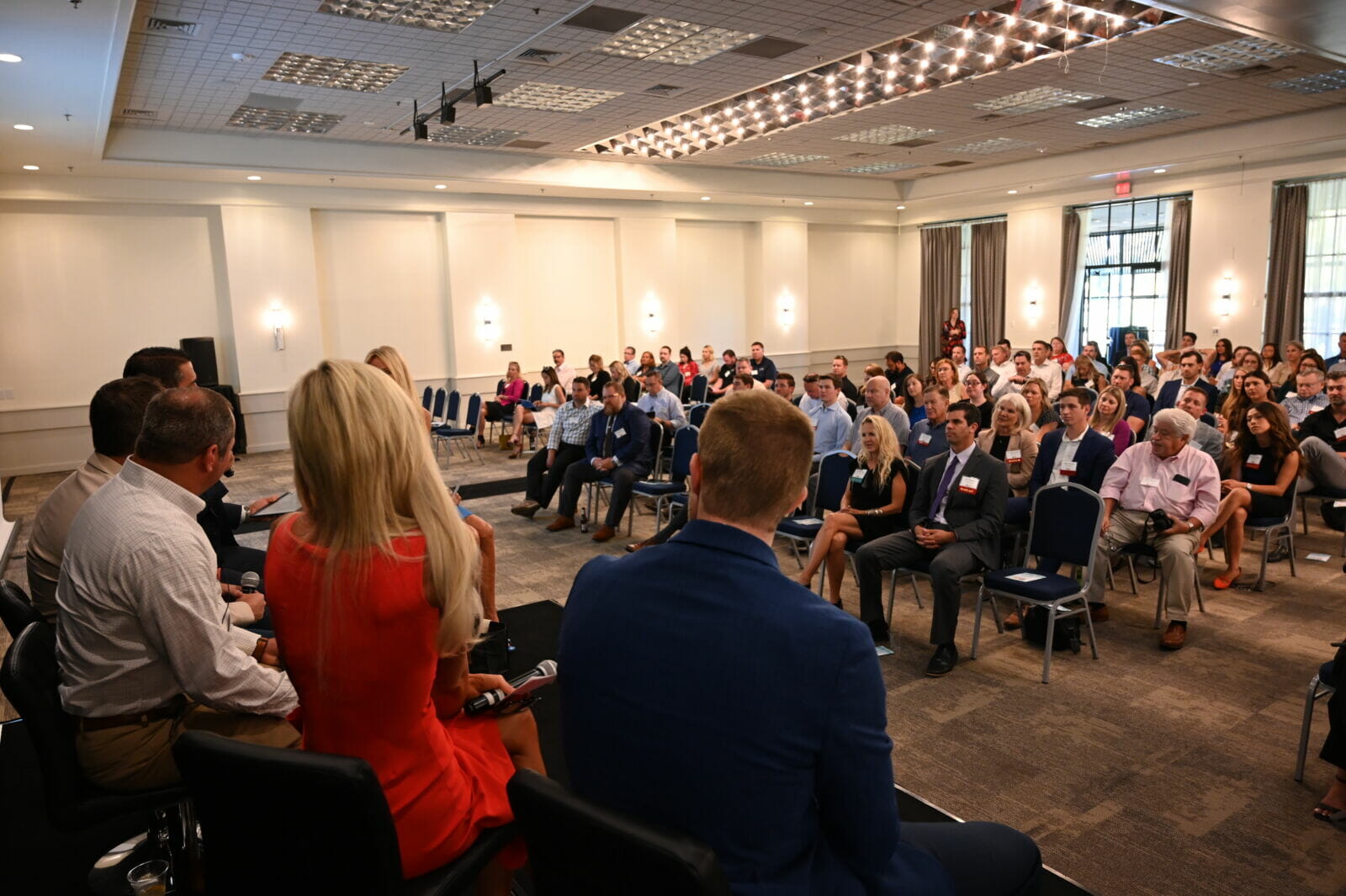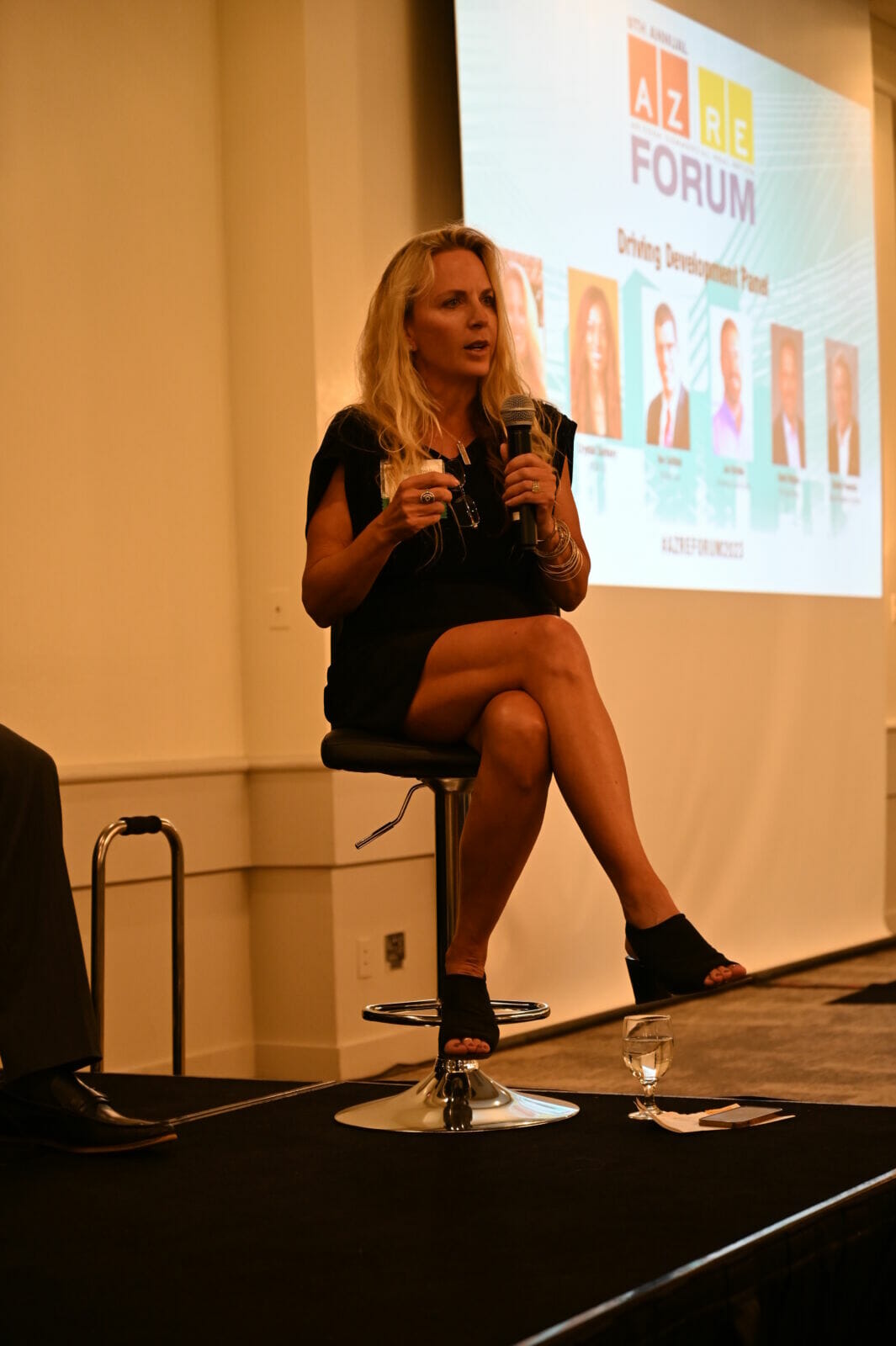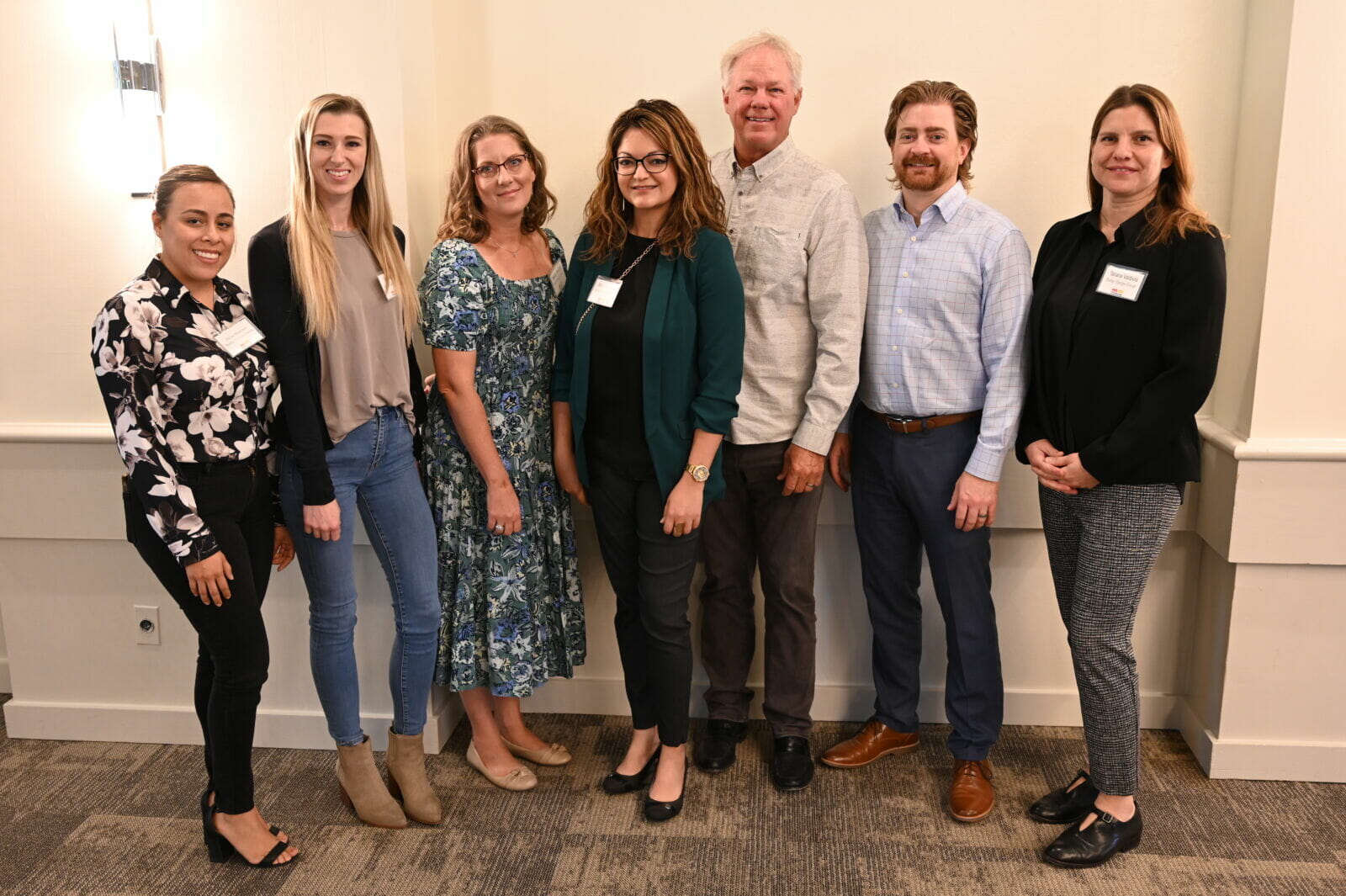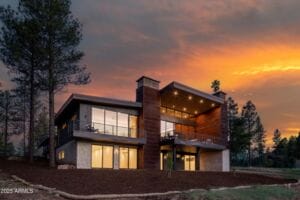On Aug. 3, commercial real estate leaders gathered for the 9th annual AZRE Forum to share their thoughts for a mid-year industry update. Sandra Watson, president and CEO of Arizona Commerce Authority (ACA) gave the keynote, followed by two panels: one looking at the market from a broker’s perspective and another focusing on what’s driving development. Here are the highlights and what the experts say to watch in commercial real estate.
LEARN MORE: Arizona economic development breaks records: Here’s a look
KEYNOTE SPEAKER
Arizona’s economy is vastly different from a decade ago. Following the 2008 financial crisis, Arizona lost more than 300,000 jobs and had roughly a $3 billion budget deficit. In response, Watson explains, the ACA was established to create a diversified, sustainable economy that could withstand those types of headwinds in the future. The ACA’s work has made it one of the top ranked economic development organizations in the nation.
“We are becoming an international hub for advanced manufacturing, such as the semiconductor industry, battery manufacturing, automated and electric vehicles, aerospace and defense, and many more,” Watson says.
Since 2016, five electric manufactures have come to the stat. In the last two years, eight battery manufacturing projects have been announced representing around $8 billion in investment, and 30 semiconductor expansions totaling more than $16 billion have come to Arizona.
“We are leading the nation in semiconductor investment, and the competition is incredibly fierce,” Watson continues. “We’re going to fight for every single project and we have a significant number of projects in the pipeline. I can’t give you more names, but what I can share is that we have over 400 active projects that we’re currently working on right now.”
There are 60 projects that are considered “mega projects” worth more than $500 million in capital investment and create more than 1,000 jobs. If the state were to attract all 60 — something Watson acknowledges won’t happen, but hopes to win a majority of them — it would create 105,000 new direct jobs and bring $345 billion of investment to Arizona.
“Back in 2011 when we opened our doors, we had maybe one project in the mega category, and we were thrilled. In 2015 we had three, so we’re very excited that today we have 60,” Watson says. “That’s how rapidly our reputation is growing.”
BROKER FOCUS PANEL
Laurel Lewis, NAI Horizon (MODERATOR)
Adam Baugh, Withey Morris Baugh
Zach Haptonstall, Rise 48 Equity
Dena Zell, Capital Asset Management
Rusty Kennedy, Stream Realty
Tyson Breinholt, Commercial Properties Inc.
After the keynote, the first panel, moderated by Laurel Lewis, managing director for NAI Horizon, gathered the following experts to speak on different aspects of the commercial real estate market.
Tyson Breinholt, president and designated broker for Commercial Properties, notes that there is 195 million square feet of office product in Greater Phoenix as of the second quarter of 2023. The vacancy is approximately 15.7% or 30 million square feet, and 7.6 million square feet of that is sublease space — almost four times what it was prior to the pandemic.
Dena Zell, partner at Capital Asset Management, says that the retail sector is hot, with many online native brands realizing that brick and mortar is the best way to interact with their customers. Entertainment and adaptive reuse of older big box retail are also positive trends. Unlike other major metropolitan areas, Phoenix was quicker to reopen after the pandemic and major brands took notice. The main problem facing the market, she says, is the availability of space.
Rusty Kennedy, managing director at Stream Realty, tackles the question of whether the industrial market is overbuilt with 57.4 million square feet in the pipeline and an overall total of 360 million square feet. Of the space currently under construction, Kennedy says, about 20% is already leased. The vacancy rate is under 3%, but Kennedy believes that could rise a bit, yet that can be an asset to have available space for users who want to come to Phoenix.
Zach Haptonstall, CEO and co-founder of Rise 48, notes that the trailing 12-month organic rent growth for housing is negative 4%. That said, he believes the market has softened due to interest rates and that will cause new multifamily projects to stall. The market might be overbuilt now, Haptsonstall says, but it won’t last long.
Adam Baugh, partner at Withey Morris Baugh, says that interest rates have made it hard for new projects to pencil out, so some sectors are looking to adaptive reuse, such as transitioning hotels into multifamily or an office building into medical office spaces. He also notes that some cities are being mindful about the number of data centers being built as they weigh the value those projects bring to the community.
DRIVING DEVELOPMENT PANEL
Rachelle Strole, Capital Asset Management (MODERATOR)
Crystal Sunbury, RSM US
Ben Gottlieb, Gottlieb Law
Joe Strobbe, Brinkmann Constructors
Derek Flottum, The Opus Group
The second panel, moderated by Rachelle Strole, owner and founder of Capital Asset Management, dug into the most pressing issues affecting development today.
Derek Flottum, vice president of real estate development for Opus Group, says that seven months ago, the answer would’ve been construction costs, but today it is access to capital. Banks, he continues, are concerned about the interest rate environment and are less likely to lend, which is causing his team to be more strategic in choosing what projects make the most sense.
Joe Strobbe, vice president of Brinkmann Constructors, says construction costs are still the top concern for his company. With large projects competing for materials and labor, costs have stayed stubbornly high.
Charley Freericks, senior vice president of Catellus Development, says that since Novus Innovation Corridor project in Tempe is all new construction, access to capital is very difficult even with equity. The Federal Reserve, he says, is on a mission to tame inflation, which necessitates increased interest rates, and he doesn’t see relief coming soon.
Ben Gottlieb, founder of Gottlieb Law, says that one of the byproducts of the rising interest rate environment is more seller financed transaction projects. These arrangements are more complicated because of the additional layer of legal relationships, which Gottlieb says he advises sellers to be mindful before agreeing to.
Crystal Sunbury, senior manager and real estate senior analyst for RSM US, notes that her company recently downgraded its recession probability from 75% to 60%. A potential recession wouldn’t be like 2008, she says, but some sectors would feel more pain than others.
Don’t miss out on the next commercial real estate networking opportunity to celebrate the People and Projects to Know in Commercial Real Estate, on Thursday, Nov. 9. Tickets coming soon.


